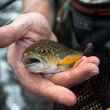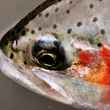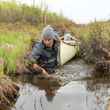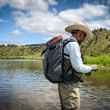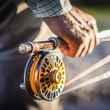The Turneffe Flats Resort in Belize announced today that it has earned Green Globe certification. The Green Globe Standard is a "structured assessment of the sustainability performance of travel and tourism businesses and their supply chain partners," according to GreenGlobe.com. To earn the certification members must have high standards in environmental, sociocultural, quality, health, and safety issues, plus contribute to local communities and their local environment.
Turneffe Flats Resort, located 30 miles off the coast of Belize, recently led efforts to establish Turneffe Atoll as the country’s largest Marine Reserve. The resort offers fly fishing, scuba diving and marine eco-tourism activities. It also features a spa, casual dining, private villas and guest rooms.



